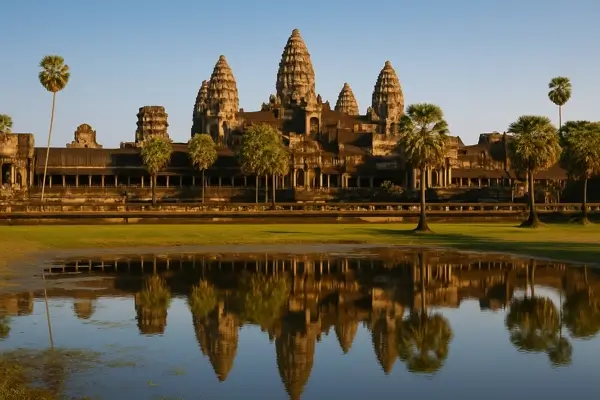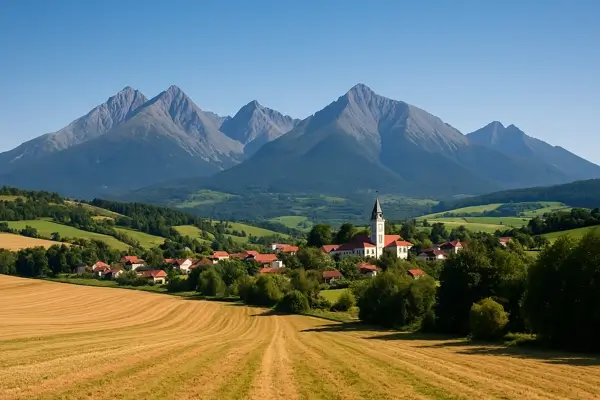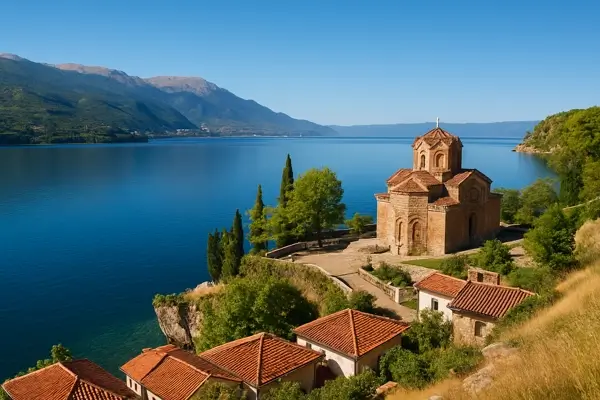
Home to Angkor Wat
Cambodia is home to Angkor Wat, the largest religious monument in the world. Originally built as a Hindu temple in the 12th century, it later became a Buddhist temple and remains a symbol of Cambodia’s cultural heritage and a UNESCO World Heritage site.
A History of the Khmer Empire
Cambodia was the center of the Khmer Empire (9th to 15th centuries), one of Southeast Asia’s most powerful empires. At its peak, the empire controlled much of Southeast Asia, and its legacy is still seen in the architecture, art, and culture of Cambodia today.
The Killing Fields and the Khmer Rouge
Cambodia’s recent history was marked by the tragic period of the Khmer Rouge regime from 1975 to 1979. Led by Pol Pot, the regime was responsible for the deaths of an estimated 1.7 million people, a dark chapter known as the Killing Fields. This period left deep scars on the nation.
Buddhism as the Main Religion
Cambodia is a predominantly Buddhist country, with Theravada Buddhism being the official state religion. The country’s religious practices and beliefs play a significant role in the daily lives of the people and are reflected in the country’s temples, festivals, and customs.
A Rich Cultural Heritage
Cambodia has a rich cultural heritage that includes traditional dance, music, and art. The Apsara Dance is one of the most well-known traditional performances, which portrays the heavenly dancers depicted in the Angkor Wat bas-reliefs.
The Tonle Sap Lake
Tonle Sap, Southeast Asia’s largest freshwater lake, plays a crucial role in Cambodia’s economy. The lake is home to a unique ecosystem, supporting fishing communities that live on floating villages and rely on the lake for their livelihoods.
Rice and Agriculture
Cambodia is an agricultural country, and rice farming is the backbone of its economy. The country is known for producing some of the best aromatic rice, such as Phka Malis rice, which is prized for its texture and fragrance.
The Cambodian Genocide Memorials
Cambodia has several memorials dedicated to remembering the atrocities committed by the Khmer Rouge, such as the Tuol Sleng Genocide Museum and Choeung Ek Memorial (the Killing Fields). These sites serve as somber reminders of the country’s past and a call for reconciliation.
Traditional Cambodian Cuisine
Cambodian cuisine is influenced by Thai, Vietnamese, and Chinese flavors, with rice, noodles, and fish playing a central role in meals. Dishes like Amok (a coconut milk-based curry with fish) and Bai Sach Chrouk (pork and rice) are popular traditional foods.
Siem Reap and Tourism
Siem Reap, the gateway to Angkor Wat, is one of Cambodia’s most visited tourist destinations. In addition to exploring the Angkor temples, visitors can enjoy cultural experiences, vibrant markets, and traditional performances.



